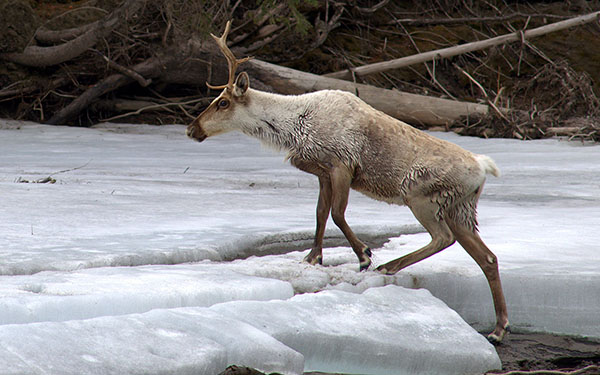Scientists are increasingly alarmed by the accelerating climate and biodiversity crises. However, decision-makers rarely recognize the inextricable link between biodiversity and climate change. We cannot solve one without the other. Earth's biosphere contains enormous carbon stocks that have the potential to fundamentally alter the trajectory of climate change. Biodiversity is crucial for stabilizing these carbon stocks and keeping them out of the atmosphere.
The climate change mitigation benefit of forests in general is to store large amounts of carbon in a stable, self-regenerating and long-term reservoir. Therefore, even if we eliminate fossil fuels, continued deforestation and forest degradation will generate severe climate disruptions: the carbon stocks in the living biomass of primary (unlogged) tropical forests alone is approximately 114 petagrams of carbon, equivalent to the estimated global carbon budget for a 66% probability of meeting the 1.5 degrees Celsius global warming target.
While most climate policy is aimed at fossil fuels, it is critically important to also protect forest carbon. The mitigation potential of forests and the importance of protecting protecting primary forests is not sufficiently promoted.
While most climate policy is aimed at fossil fuels, it is critically important to also protect forest carbon. The mitigation potential of forests and the importance of protecting protecting primary forests is not sufficiently promoted.
Primary forests represent roughly one-third of remaining forests globally. They typically support higher levels of biodiversity than logged forests, especially imperiled and endemic species. These forests store approximately 30%–50% more carbon than logged ones, with the largest trees accounting for most of the above ground living stores. Some of the densest terrestrial carbon pools are in primary boreal forests in the peatlands of Canada and Russia, Pacific coastal temperate rainforests, wet temperate eucalypt forests in southeast Australia, and west coast temperate rainforests in Chile and New Zealand.
Despite claims that tree planting is essential to stabilize the global climate, the mitigation potential of planting trees is trivial if we do not prioritize primary forest protection followed by proforestation of logged forests. Ceasing deforestation and degradation of primary forests has an immediate mitigation benefit, whereas carbon stored in newly planted trees will take many decades to make a significant contribution to reducing atmospheric carbon dioxide. Proforestation that buffers and reconnects even small areas of primary forests would improve ecosystem integrity, stability, and long-term carbon storage.
We applaud scientists who sound the alarm about the climate and biodiversity crises. We now need to prioritize the most effective nature-based climate solutions, led by primary forests protections and proforestation, and supported by much needed forest-climate policies and greatly expanded financial investments.
Article authors
Dominick DellaSalla
Cyril Kormos
Heather Keith
Brendan Mackey
Virginia Young
Brendan Rogers
Additional authors
Russell A Mittermeier
Dellasala, D. A., Kormos, C. F., Keith, H., Mackey, B., Young, V., Rogers, B., & Mittermeier, R. A. (2020). Primary Forests Are Undervalued in the Climate Emergency. Bioscience, 70(6), 445-445. doi: https://doi.org/10.1093/biosci/biaa030 doi: https://doi.org/10.1093/biosci/biaa030
The paper is open source and freely available.







